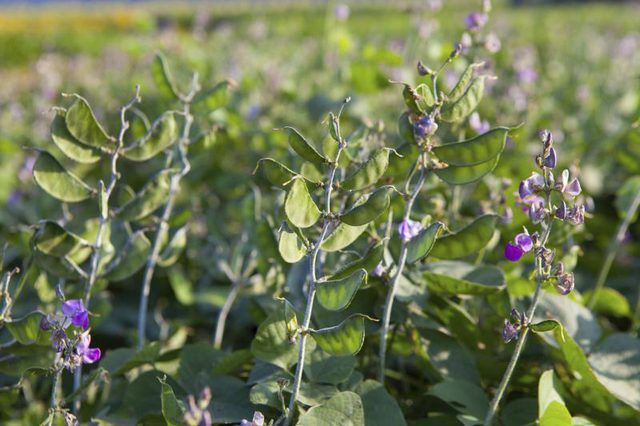Bulbs
Flower Basics
Flower Beds & Specialty Gardens
Flower Garden
Garden Furniture
Garden Gnomes
Garden Seeds
Garden Sheds
Garden Statues
Garden Tools & Supplies
Gardening Basics
Green & Organic
Groundcovers & Vines
Growing Annuals
Growing Basil
Growing Beans
Growing Berries
Growing Blueberries
Growing Cactus
Growing Corn
Growing Cotton
Growing Edibles
Growing Flowers
Growing Garlic
Growing Grapes
Growing Grass
Growing Herbs
Growing Jasmine
Growing Mint
Growing Mushrooms
Orchids
Growing Peanuts
Growing Perennials
Growing Plants
Growing Rosemary
Growing Roses
Growing Strawberries
Growing Sunflowers
Growing Thyme
Growing Tomatoes
Growing Tulips
Growing Vegetables
Herb Basics
Herb Garden
Indoor Growing
Landscaping Basics
Landscaping Patios
Landscaping Plants
Landscaping Shrubs
Landscaping Trees
Landscaping Walks & Pathways
Lawn Basics
Lawn Maintenance
Lawn Mowers
Lawn Ornaments
Lawn Planting
Lawn Tools
Outdoor Growing
Overall Landscape Planning
Pests, Weeds & Problems
Plant Basics
Rock Garden
Rose Garden
Shrubs
Soil
Specialty Gardens
Trees
Vegetable Garden
Yard Maintenance
How to Grow a Hyacinth Bean Vine
How to Grow a Hyacinth Bean Vine. With its fragrant lavender blooms, purplish leaves and fast, sprawling growth habit, hyacinth bean vine (Lablab purpureus) is a striking ornamental that can quickly provide a bold splash of summer color. When planted in a suitable site, the vine requires minimal maintenance and care to provide an abundance of its...

With its fragrant lavender blooms, purplish leaves and fast, sprawling growth habit, hyacinth bean vine (Lablab purpureus) is a striking ornamental that can quickly provide a bold splash of summer color. When planted in a suitable site, the vine requires minimal maintenance and care to provide an abundance of its signature pea-like flowers.
Choose Sunny Site
A native of tropical Africa, hyacinth bean vine is a frost tender perennial that will survive winters in U.S. Department of Agriculture plant hardiness zones 10 and 11. In all other zones, the vine may be grown as an annual. Hyacinth bean vine needs full sunlight to thrive. Capable of growing up to 15 feet long, hyacinth bean vine also requires a sturdy structure such as an arbor, fence or trellis to support its bulk. If growing multiple vines, provide at least 12 inches of space between plants.
Plant in Well-Draining Soil
Hyacinth bean vine is not picky about soil and will tolerate dry, poor soils so long as adequate drainage exists. Best growth will occur in a rich soil enhanced with organic matter with a pH between 5.5 and 6. Though drought-tolerant, the vine can benefit from regular irrigation during warm, dry periods. Water when the top inch of soil feels dry to the touch. If the vine is grown in a greenhouse, the Royal Horticultural Society recommends misting the plant with water daily to raise humidity levels. Plants being overwintered in a greenhouse should be transitioned gently to the garden by being stored outside in a protected, sunny area for a few days.
Fertilize to Help Flowers
To aid flowering, fertilize every two weeks during the growing season with a potassium-based fertilizer such as a 0-0-25 fertilizer. Using a hand sprayer, apply 3 to 8 ounces of fertilizer per 1,000 square feet, covering foliage evenly. Fertilizer may be applied mixed with water. Wear protective clothing such as rubber gloves, long sleeves and pants when spraying the fertilizer.
Check for Beetles
Although insects generally don't cause serious problems for the vine, Japanese beetles can cause unattractive feeding damage on its foliage. Gardeners can easily identify Japanese beetles, a type of scarab beetle, by their metallic green and copper coloring. Throughout the growing season, handpick beetles and drown them in soapy water. You can also hang bait traps at least 50 feet away from the vine to capture and kill beetles. Traps must be emptied regularly to be effective as they may attract more beetles when poorly maintained.